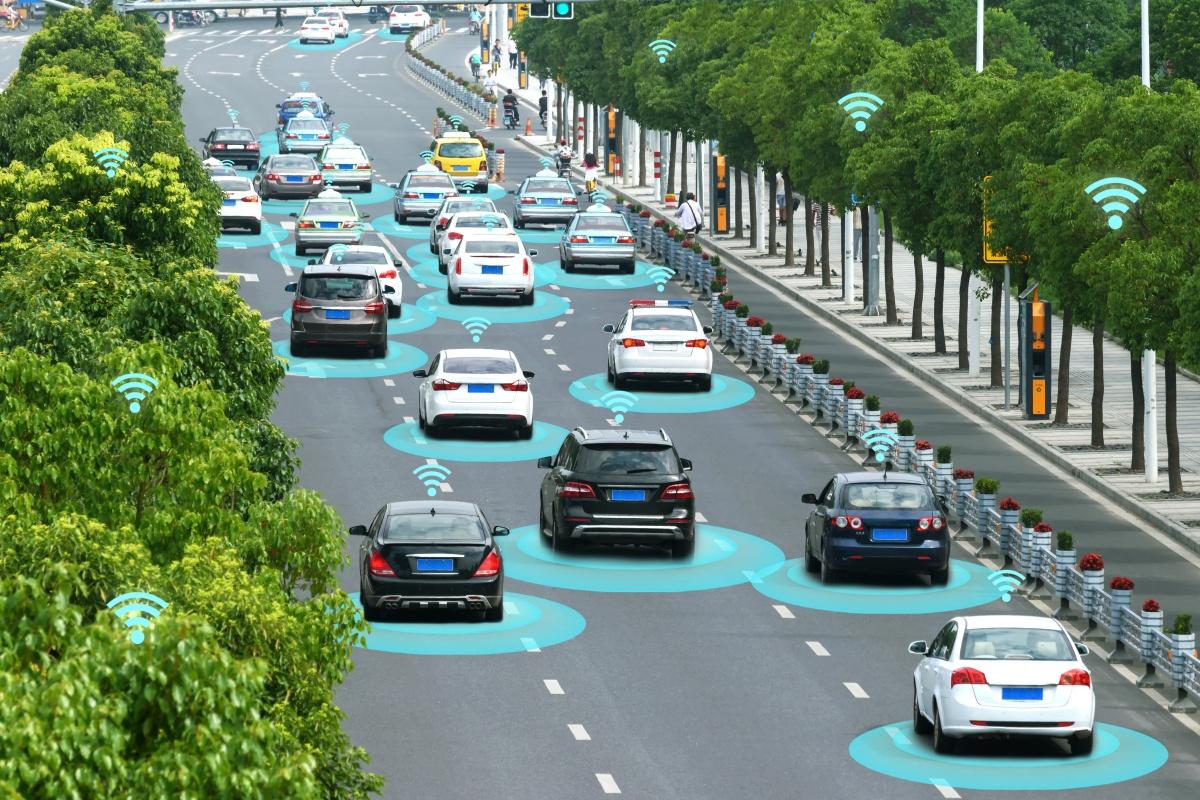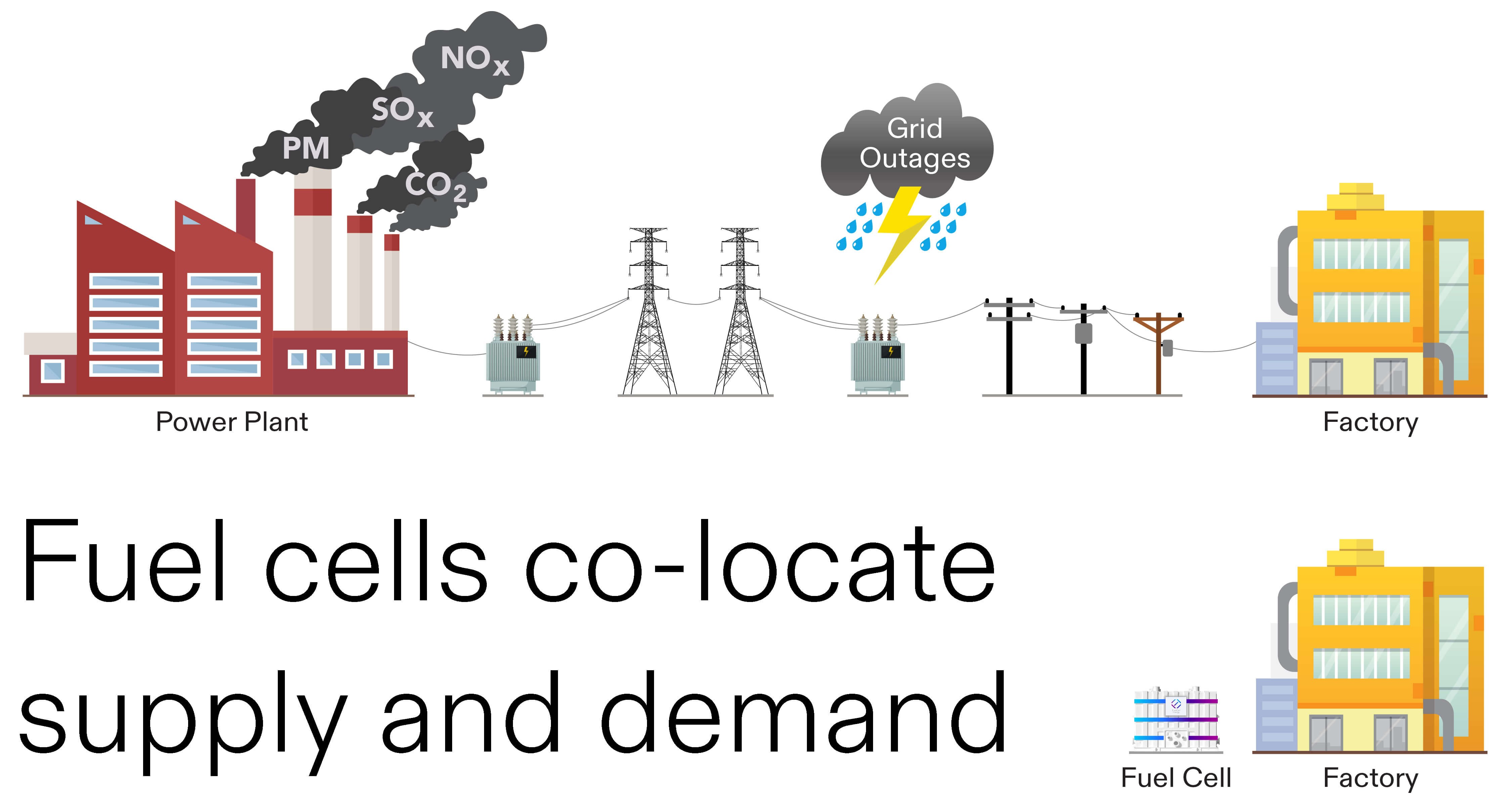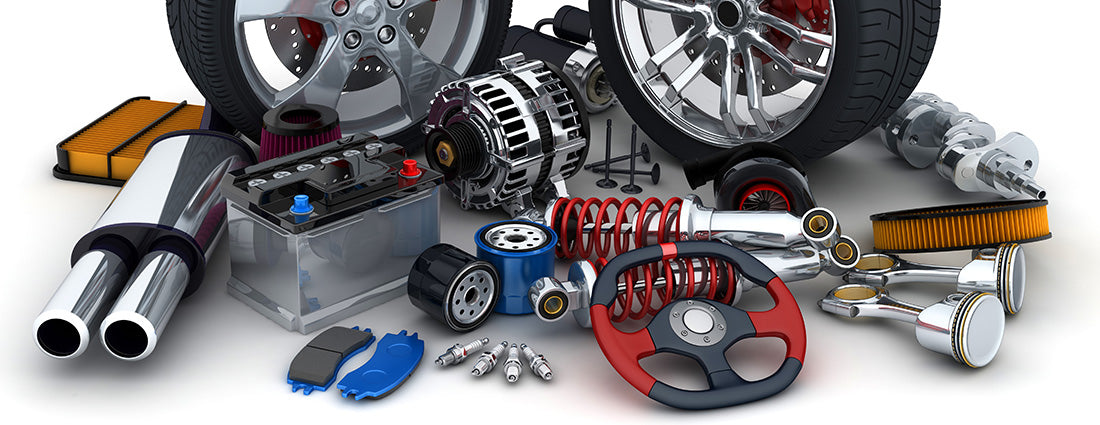
Table of Contents
Automotive News- The automotive industry is a hub of constant evolution, driven by cutting-edge technologies and creative breakthroughs. Every year, new advancements capture the imagination of car enthusiasts and industry professionals alike. From electrification to autonomous vehicles, the rapid development of new ideas is reshaping how we think about mobility and transportation. In this article, we will explore five positive automotive news stories that are driving innovation forward, ushering in a new era of possibilities.
1. The Rise of Electric Vehicles: A Leap Toward Sustainability

The automotive industry is undergoing a seismic shift, with electric vehicles (EVs) leading the charge toward a more sustainable future. As the world grapples with the pressing challenges of climate change and environmental degradation, the rise of electric vehicles has emerged as one of the most promising solutions to reduce our reliance on fossil fuels and minimize the carbon footprint of transportation. EVs are not just a trend; they represent a paradigm shift in the way we think about mobility, energy consumption, and the environmental impact of our daily lives.
The Growing Demand for Electric Vehicles
The demand for electric vehicles has skyrocketed in recent years, fueled by advancements in technology, environmental consciousness, and government policies aimed at reducing greenhouse gas emissions. As concerns over air pollution and climate change intensify, more consumers are looking for cleaner alternatives to traditional gasoline-powered vehicles. EVs offer a compelling solution, with zero tailpipe emissions and significantly lower overall environmental impact compared to their internal combustion engine (ICE) counterparts.
Manufacturers are responding to this surge in demand by ramping up production and offering a wider variety of electric vehicles. From compact city cars to high-performance sports sedans and luxury SUVs, automakers are diversifying their EV portfolios to cater to a broad range of consumer preferences. Tesla, a pioneer in the EV revolution, has played a pivotal role in popularizing electric vehicles, but now, major brands such as Ford, General Motors, and Volkswagen are committing to fully electrifying their fleets in the coming years. This widespread adoption of electric mobility is paving the way for a cleaner, more sustainable future for transportation.
Advancements in Battery Technology
One of the key drivers behind the rise of electric vehicles is the rapid advancements in battery technology. Early electric vehicles were limited by their range, slow charging times, and the high cost of batteries. However, breakthroughs in battery chemistry, materials, and manufacturing processes have significantly improved the performance and affordability of EVs. Modern electric vehicles now offer longer ranges on a single charge, faster charging times, and more affordable prices, making them a more practical option for everyday use.
Lithium-ion batteries, which have become the standard for electric vehicles, continue to evolve, with manufacturers exploring new technologies such as solid-state batteries and graphene-based materials that promise even greater efficiency, energy density, and safety. These innovations are expected to reduce the cost of electric vehicles even further, making them more accessible to a wider audience and accelerating the transition to sustainable transportation.
Environmental Benefits of Electric Vehicles
The environmental benefits of electric vehicles are clear and undeniable. Unlike traditional vehicles powered by gasoline or diesel, EVs produce zero tailpipe emissions, which means they do not release harmful pollutants such as nitrogen oxides, particulate matter, and carbon dioxide into the atmosphere. This reduction in air pollution can have a significant positive impact on urban air quality, improving the health and well-being of millions of people around the world.
Beyond their immediate impact on air quality, electric vehicles also help reduce the overall carbon footprint of the transportation sector. While the production of electric vehicles and their batteries does generate some emissions, the overall lifecycle emissions of EVs are much lower than those of conventional vehicles. When powered by renewable energy sources such as solar or wind, electric vehicles can operate with virtually zero emissions, further enhancing their environmental benefits.
The shift to electric mobility also helps reduce our dependence on fossil fuels, which are a finite and polluting resource. As renewable energy sources become more prevalent and integrated into the grid, the potential for electric vehicles to operate on clean energy continues to grow. This transformation is essential for achieving global climate goals and mitigating the effects of climate change.
Government Incentives and Policy Support
Governments around the world are recognizing the importance of electric vehicles in achieving a sustainable future, and they are implementing policies and incentives to accelerate the adoption of EVs. These include tax credits, rebates, and grants for consumers who purchase electric vehicles, as well as funding for the development of charging infrastructure. In addition, many countries have set ambitious targets for phasing out the sale of new internal combustion engine vehicles in favor of electric models.
For example, the European Union has set a goal to achieve net-zero emissions by 2050, with the transportation sector playing a critical role in this transition. Several European countries, including Norway, the Netherlands, and the United Kingdom, have already set dates to ban the sale of new gasoline and diesel cars, making electric vehicles the primary option for consumers in the near future. In the United States, the Biden administration has also outlined plans to expand the EV market and make electric vehicles more accessible to all consumers.
This policy support, combined with the growing awareness of climate change and environmental sustainability, is creating a favorable environment for electric vehicles to thrive. As more people make the switch to EVs, the automotive industry will continue to innovate, driving down costs, improving performance, and making electric vehicles the go-to option for consumers worldwide.
The Road Ahead: Challenges and Opportunities
Despite the rapid growth of electric vehicles, several challenges remain that must be addressed to ensure their widespread adoption. One of the most significant obstacles is the availability of charging infrastructure. While the number of public charging stations is steadily increasing, there is still a need for more fast-charging networks to accommodate the growing number of EVs on the road. Governments, private companies, and utilities are working together to expand charging infrastructure, but it will take time to ensure that charging stations are as ubiquitous as gas stations.
Another challenge is the environmental impact of battery production and disposal. While electric vehicles are much cleaner than traditional vehicles, the extraction of raw materials such as lithium, cobalt, and nickel for batteries can have negative environmental and social consequences. The automotive industry is exploring ways to make battery production more sustainable, including recycling and repurposing old batteries, as well as investing in alternative materials.
Despite these challenges, the rise of electric vehicles represents an enormous opportunity to reshape the automotive industry and our relationship with the environment. As technology continues to improve and consumer demand grows, EVs are poised to become the cornerstone of a sustainable, low-carbon future for transportation.
The rise of electric vehicles is more than just a technological trend – it is a critical leap toward sustainability in the automotive industry. With advancements in battery technology, growing environmental consciousness, and strong government support, electric vehicles are rapidly becoming a mainstream option for consumers worldwide. As the world embraces electric mobility, the automotive industry will continue to innovate, paving the way for a cleaner, greener, and more sustainable future for generations to come.
2. Autonomous Driving: The Promise of Safer, Smarter Roads

Autonomous driving is no longer a far-off concept; it is quickly becoming a reality that promises to revolutionize the way we travel. With technological advancements and relentless innovation, autonomous vehicles (AVs) are on the verge of transforming our roadways, making them safer, smarter, and more efficient. The idea of self-driving cars conjures images of futuristic, seamless transportation, but the impact on society will go far beyond mere convenience.
The Safety Revolution
One of the most compelling reasons behind the drive toward autonomous driving is its potential to reduce traffic accidents and fatalities. According to the National Highway Traffic Safety Administration (NHTSA), human error is responsible for 94% of all traffic crashes. By eliminating the possibility of mistakes caused by distractions, fatigue, or impaired judgment, AVs promise to drastically decrease the number of accidents on the road.
Autonomous vehicles are equipped with an array of sensors, cameras, and artificial intelligence (AI) systems that can detect obstacles, monitor road conditions, and respond in real-time to changes in the environment. These advanced technologies allow self-driving cars to react much faster than human drivers, potentially preventing accidents before they even occur. For example, AI algorithms in autonomous cars can predict the behavior of pedestrians, cyclists, and other vehicles, allowing the vehicle to adjust its speed or trajectory accordingly.
Moreover, the precision of autonomous systems removes the variability of human driving styles, creating a more uniform approach to road safety. This can significantly reduce dangerous driving behaviors such as speeding, tailgating, or erratic lane changes. In this way, AVs are not just about creating a futuristic driving experience but making our roads fundamentally safer for everyone.
The Smarter Roadways of Tomorrow
Autonomous driving is also laying the foundation for smarter, more efficient roadways. One of the main advantages of AVs is their ability to communicate with other vehicles, infrastructure, and traffic management systems. This interconnectedness will result in smoother traffic flow, fewer congestion points, and less idle time spent in traffic jams.
For instance, vehicles equipped with Vehicle-to-Everything (V2X) technology can communicate with traffic lights, street signs, and other vehicles on the road, allowing for coordinated movement. This technology can optimize traffic patterns, reduce bottlenecks, and increase overall road capacity. When connected to city-wide infrastructure, autonomous vehicles will enable more effective traffic management, reducing fuel consumption and lowering emissions.
The potential for smart roads doesn’t stop at vehicle-to-vehicle communication. Autonomous vehicles could soon operate in harmony with intelligent infrastructure, creating an ecosystem where traffic signals adjust in real-time based on the flow of AVs, parking spaces are automatically identified and reserved, and vehicles can share live data about road conditions, hazards, or accidents.
Accessibility and Environmental Benefits
Autonomous driving technology also holds the promise of increased mobility for those who are currently unable to drive due to age, disability, or other factors. AVs could significantly enhance accessibility, providing independence to individuals who rely on others for transportation. This could lead to a more inclusive society, where everyone, regardless of physical ability, has the opportunity to move freely and safely.
In addition, autonomous vehicles could contribute to environmental sustainability. By optimizing driving patterns, reducing traffic congestion, and improving fuel efficiency, AVs have the potential to cut down on greenhouse gas emissions. Furthermore, when coupled with electric vehicle technology, autonomous driving can play a crucial role in reducing the carbon footprint of transportation.
Challenges on the Road to Widespread Adoption
While the benefits of autonomous driving are undeniable, several challenges remain before self-driving cars can become a common sight on our streets. Regulatory hurdles, ethical concerns, and technological limitations must be addressed before AVs can fully integrate into existing traffic systems.
Ensuring the safety and reliability of autonomous vehicles is a top priority. These cars must be able to handle every conceivable road scenario, from extreme weather conditions to unpredictable human drivers. In addition, the issue of cybersecurity is critical, as self-driving cars will rely on vast networks of data, making them vulnerable to potential cyber-attacks.
Despite these challenges, the progress made thus far is remarkable. As technology advances and regulatory frameworks evolve, the promise of safer, smarter roads becomes increasingly attainable.
Autonomous driving stands at the crossroads of a transportation revolution. With its potential to make our roads safer, smarter, and more efficient, self-driving cars could redefine the way we think about travel. While there are still hurdles to overcome, the future of autonomous driving is bright, offering a transformative solution to some of the most pressing issues facing our transportation systems today.
3. Hydrogen Fuel Cells: A Clean Alternative to Fossil Fuels

While electric vehicles dominate the conversation around sustainable transportation, hydrogen fuel cell technology is also making a strong case for itself as a viable alternative. Fuel cells, which produce electricity through a chemical reaction between hydrogen and oxygen, offer a cleaner and more efficient way to power vehicles without the environmental drawbacks of traditional gasoline or diesel engines.
Hydrogen-powered vehicles emit only water vapor as a byproduct, making them a compelling option for reducing air pollution and greenhouse gas emissions. Several automakers, including Toyota and Hyundai, have already released hydrogen fuel cell vehicles, such as the Toyota Mirai and the Hyundai Nexo. These vehicles are already on the market in select regions, demonstrating the practicality of hydrogen as an alternative fuel source.
One of the key advantages of hydrogen fuel cells is their refueling time. Unlike electric vehicles, which can take hours to recharge, hydrogen-powered vehicles can be refueled in just a few minutes at specialized refueling stations. This fast refueling capability makes hydrogen a competitive option for long-distance driving and commercial applications, such as freight transport, where downtime is costly.
The infrastructure for hydrogen refueling stations remains a significant challenge, with widespread adoption still a few years away. However, global efforts to expand hydrogen refueling networks are gaining momentum. Countries like Japan, South Korea, and Germany are investing heavily in hydrogen infrastructure, with the goal of making fuel cell vehicles a common sight on the roads in the near future. As the technology continues to evolve and the infrastructure expands, hydrogen-powered vehicles could become a major player in the fight against climate change.
4. Smart Car Technology: The Integration of IoT and Connected Systems
The increasing integration of smart technology in vehicles is another exciting development shaping the automotive landscape. The concept of connected cars, which are equipped with internet connectivity and the ability to communicate with other devices, is revolutionizing how we interact with our vehicles.
Automakers are now incorporating a range of IoT (Internet of Things) technologies into their vehicles. From advanced infotainment systems to real-time vehicle diagnostics, the possibilities of smart car technology are virtually limitless. Features like voice control, over-the-air software updates, and seamless smartphone integration have become standard in many modern vehicles, improving both the driving experience and the convenience factor.
But the potential of smart cars goes beyond just entertainment and convenience. Connected vehicles can improve safety by enabling communication with other cars on the road and infrastructure, such as traffic lights and road sensors. This vehicle-to-vehicle (V2V) and vehicle-to-infrastructure (V2I) communication can help prevent accidents by providing real-time information about traffic conditions, road hazards, and nearby vehicles.
Moreover, smart car technology is paving the way for future innovations like autonomous driving. By connecting vehicles to cloud-based systems and utilizing data analytics, cars can make more informed decisions, ultimately leading to safer and more efficient roads. The growing use of AI and machine learning in smart cars also holds the potential to create more personalized driving experiences, adapting the vehicle’s systems to the driver’s habits and preferences.
5. Sustainability in Automotive Manufacturing: A Greener Approach to Production
Sustainability is a key theme driving innovation in the automotive industry, not just in terms of the vehicles themselves but also in the manufacturing processes used to build them. Automakers are increasingly adopting eco-friendly practices that reduce waste, lower emissions, and minimize the environmental impact of vehicle production.
Several manufacturers are leading the charge in this area, with initiatives aimed at making their supply chains and factories more sustainable. For example, BMW has committed to using recycled materials in its vehicles and aims to achieve carbon-neutral production by 2030. Volkswagen is also focusing on sustainability, with plans to manufacture electric vehicles using renewable energy and reducing the environmental footprint of its factories.
One of the most promising areas of innovation is the use of sustainable materials in vehicle production. Automakers are exploring alternatives to traditional materials like steel and aluminum, opting for lighter and more eco-friendly options such as biodegradable plastics, recycled materials, and natural fibers. This shift not only reduces the environmental impact of manufacturing but also helps make vehicles more energy-efficient, contributing to the broader goals of sustainability.
Additionally, the focus on reducing waste and improving energy efficiency in factories has led to the implementation of circular economy principles. Many automakers are now working to recycle and repurpose components at the end of a vehicle’s life, ensuring that valuable materials are reused and that less waste ends up in landfills. This holistic approach to sustainability is helping to drive positive change throughout the entire automotive ecosystem.
Conclusion
These five positive automotive news stories demonstrate the incredible strides being made in the industry. From the rapid expansion of electric vehicles and autonomous driving technology to the rise of hydrogen fuel cells and smart car innovations, it is clear that the automotive sector is on the verge of a transformative shift. As sustainability becomes a central focus, automakers are finding new ways to reduce their environmental impact, ensuring that the cars of tomorrow are not only smarter and more efficient but also more responsible.
With each new breakthrough, the future of transportation looks brighter than ever. The automotive industry is no longer just about building cars; it’s about building a better world for everyone. The innovations highlighted in this article are only the beginning, and as technology continues to evolve, the possibilities for the future of mobility are limitless.




